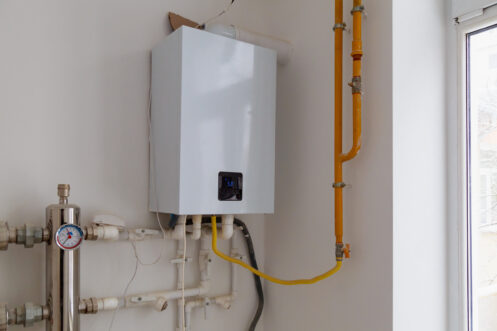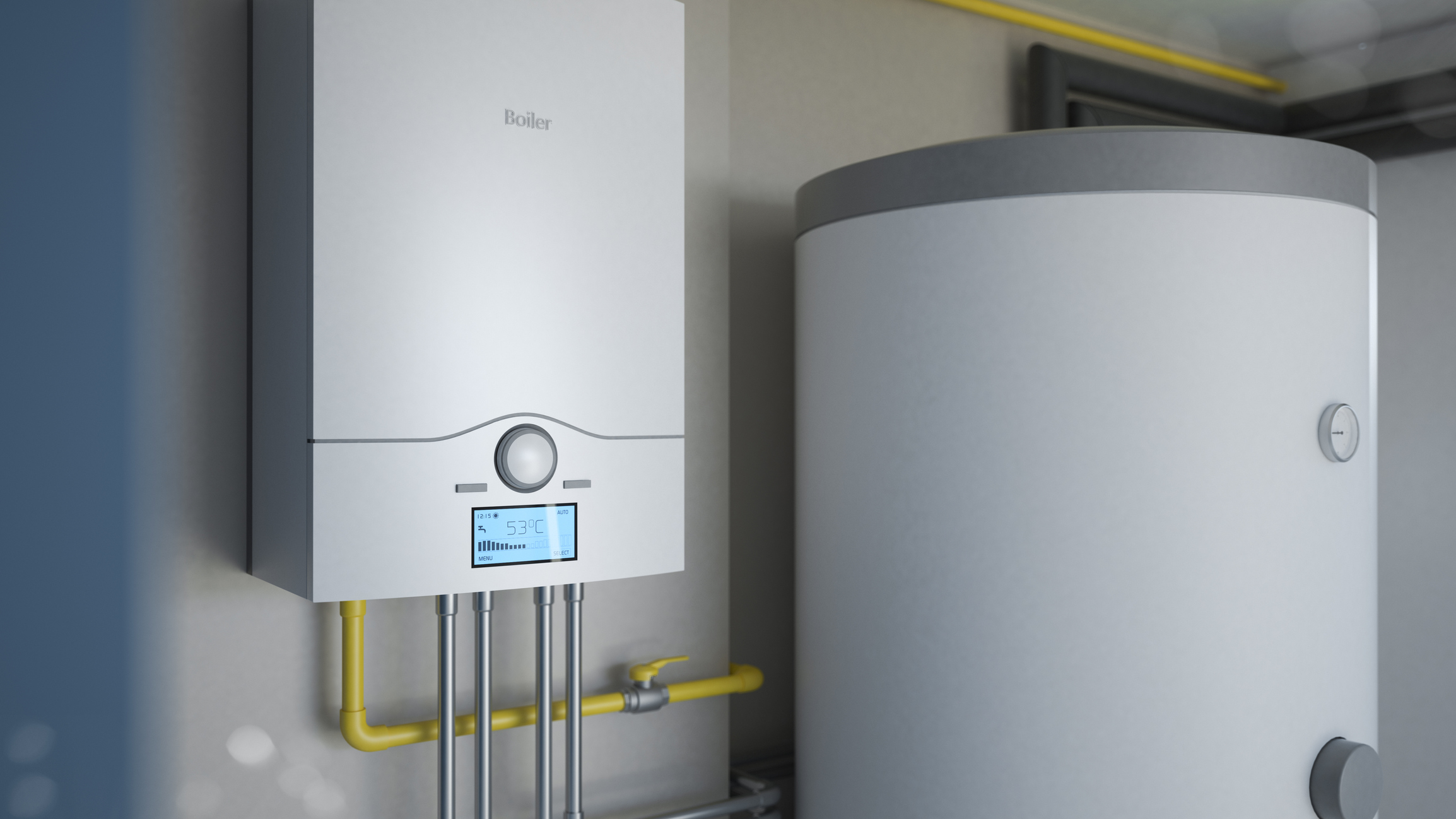Just how do you actually feel in relation to How to Maintain Your Water Heater & Prolong its Life?

Hot water is crucial for daily convenience, whether it's for a refreshing shower or cleaning dishes. To guarantee your warm water system runs efficiently and lasts longer, regular upkeep is essential. This write-up supplies practical pointers and understandings on how to maintain your home's warm water system to prevent disturbances and costly fixings.
Intro
Preserving your home's warm water system may appear challenging, yet with a couple of easy actions, you can guarantee it operates efficiently for many years ahead. This guide covers whatever from understanding your hot water system to do it yourself maintenance ideas and recognizing when to call in expert help.
Value of Keeping Your Hot Water System
Routine upkeep not only extends the life expectancy of your warm water system yet also guarantees it operates effectively. Neglecting upkeep can result in lowered efficiency, greater energy expenses, and even early failing of the system.
Indications Your Hot Water System Requirements Upkeep
Knowing when your hot water system needs focus can stop major concerns. Keep an eye out for indicators such as inconsistent water temperature, odd sounds from the heating system, or rusty water.
Understanding Your Hot Water System
Before diving into maintenance jobs, it's handy to recognize the basic parts of your warm water system. Typically, this includes the water heater itself, pipes, anode poles, and temperature level controls.
Monthly Maintenance Tasks
Routine regular monthly checks can aid capture minor problems prior to they escalate.
Purging the Water Heater
Flushing your hot water heater gets rid of sediment accumulation, enhancing performance and prolonging its life.
Monitoring and Replacing Anode Rods
Anode rods avoid rust inside the container. Inspecting and replacing them when worn is vital.
Evaluating and Readjusting Temperature Level Settings
Adjusting the temperature settings ensures optimal performance and security.
Do It Yourself Tips for Upkeep
You can execute numerous maintenance tasks yourself to maintain your warm water system in leading problem.
Checking for Leakages
Consistently check pipes and connections for leakages, as these can cause water damage and higher expenses.
Checking Pressure Relief Valves
Testing the stress safety valve ensures it operates appropriately and stops too much pressure buildup.
Shielding Pipes
Insulating warm water pipelines decreases heat loss and can save energy.
When to Call a Specialist
While do it yourself maintenance is advantageous, some issues call for expert knowledge.
Complex Problems Requiring Specialist Assistance
Examples consist of major leaks, electric issues, or if your water heater is continually underperforming.
Routine Specialist Upkeep Advantages
Expert maintenance can consist of complete assessments, tune-ups, and making certain conformity with safety criteria.
Conclusion
Normal upkeep of your home's warm water system is essential for performance, long life, and cost financial savings. By complying with these pointers and understanding when to seek expert aid, you can make sure a dependable supply of hot water without unanticipated disruptions.
Water Heater Maintenance Tips
Test the TPR Valve
Shut off the power and the cold-water supply valve. Place a bucket under the pipe connected to the temperature-pressure-release (TPR) valve on the top or side of the tank. (This valve opens if the tank pressure gets too high.) Lift the valve’s tab to let some water out, then let go. If water keeps flowing, drain the tank partway, unscrew the old valve with a pipe wrench, and install a new one. Check the Anode Rod
Put a hose to the tank’s drain cock and let out a few gallons of water. Now fit a 1 1/16-inch socket onto the rod’s hex head on top of the heater (or under its top plate) and unscrew the rod. If it’s less than ½ inch thick or coated with calcium, buy a new one, wrap its threads with Teflon tape, put it back in the tank, and tighten securely. Use this segmented rod if headroom above the tank is limited. Drain the Tank and Wash Out Sediment
Drain the remaining water in the tank into the bucket, then stir up the sediment on the tank’s bottom by briefly opening the cold-water supply valve. Drain and repeat until clean water comes out of the hose. Close the drain cock, refill the tank, and turn its power back on. Adjust the Temperature
Find the temperature dial on the side of the tank and unscrew its cover. Adjust the dial to 120 degrees using a flathead screwdriver. For every 10 degrees the temperature is lowered, you can expect to save up to 5 percent in energy costs. Turn the water heater off or the thermostat down to its lowest setting if you plan to be away from home for more than three days. Insulate the Pipes
Buy some self-sticking 3/8-inch-thick foam pipe insulation that matches the pipes’ diameter. Slide the foam over the hot-and cold-water pipes as far as you can reach. Insulating the cold-water pipe prevents condensation in summer. Peel the tape and squeeze the insulation closed. If the pipe is 6 inches or less from the flue, cover it with 1-inch-thick unfaced fiberglass pipe wrap. https://www.thisoldhouse.com/plumbing/21016402/how-to-maintain-a-water-heater

Do you appreciate reading about Tips For Maintaining Your Hot Water Heater? Try to leave feedback down below. We'd be happy to find out your thoughts about this blog posting. We hope that you visit us again soon. Are you aware of another individual who is fascinated about the topic? Feel free to promote it. I cherish your readership.
Click Here